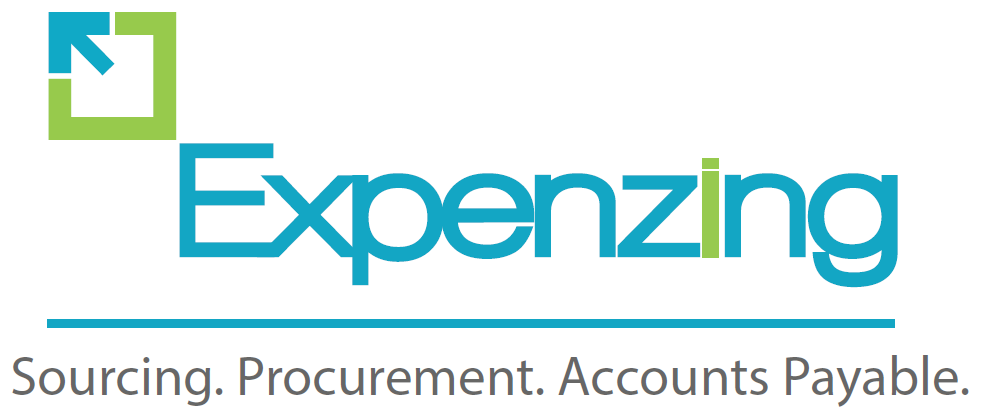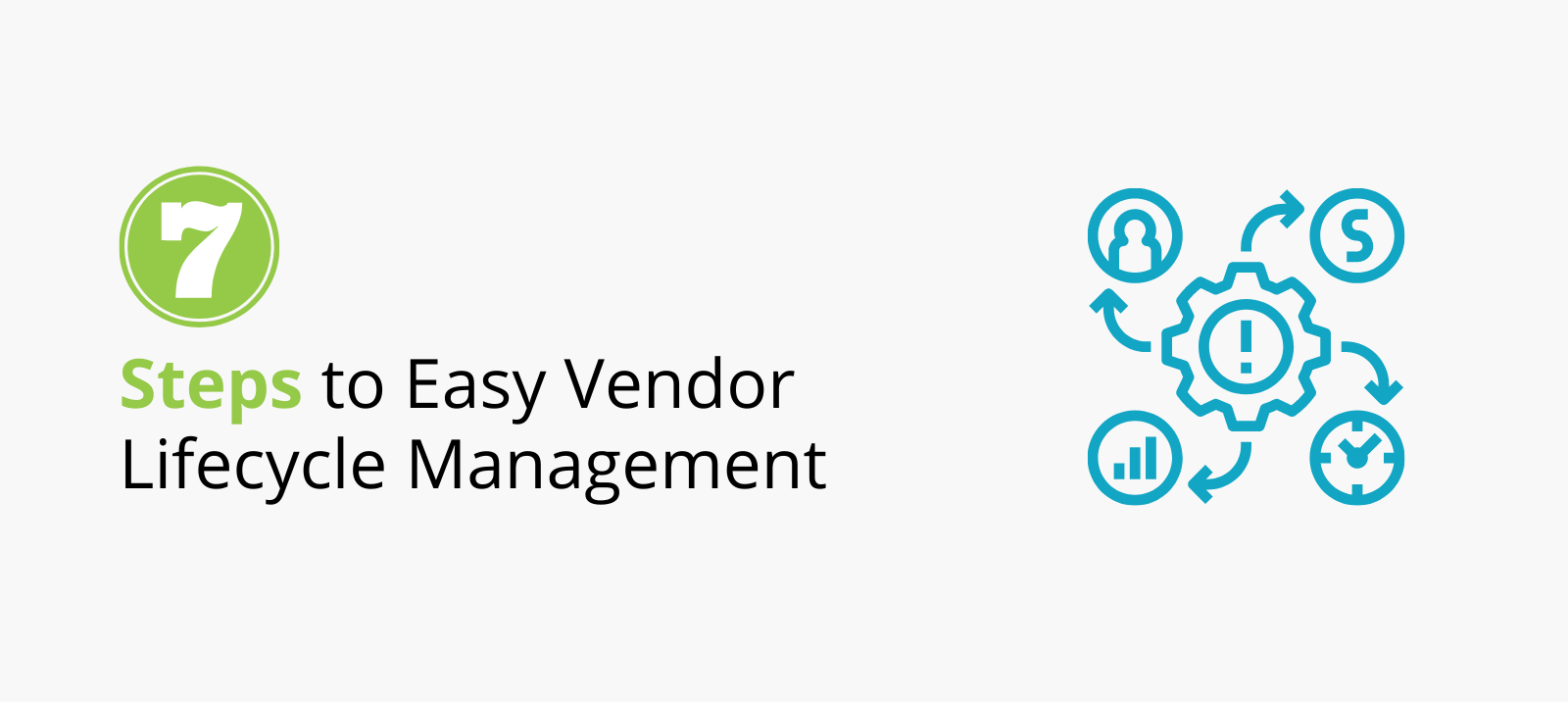Vendors, service providers, and suppliers play a vital role in the success of a business- there is no doubt about that. Finance teams invest effort in fine-tuning vendor contracts every year to control costs. CFOs and their teams seek tools that can help them manage vendors effectively to make lives easy for all stakeholders.
Responding to that need, spend management companies ensure that their Procure to Pay product suite includes solutions that help streamline vendor-related processes.
Related reading: What makes Spend Management the correct business response in disruptive times
We explore how a vendor lifecycle can be managed easily at every step to extract maximum value in this article.
Here are 7 main steps which we will explore:
- Vendor Registration
- Vendor Selection
- Onboarding- Information Collection and Tracking
- Contracting and Order Issuance
- Receiving Products/Services
- Receiving and Processing Invoice
- Reports and Analytics
Benefits of an effective vendor lifecycle management
A streamlined and automated vendor management process helps set achievable expectations on both sides. It helps deepen and enhance the quality of vendor relationships with the client. Before we go ahead and walk through all the steps of the systematic vendor lifecycle, let us consider why it is so important.
- Cost reduction
A streamlined process reduces the friction between stakeholders and reduces the time and resources required. It also results in better terms of payment and faster onboarding. Systematic vendor process management and setting of expectations help establish longer and more meaningful vendor relationships that reduce the cost of vendor maintenance.
- Quality, on-time delivery
Long-term vendor relationships come with additional perks like a higher probability of quality and on-time delivery to preferred clients.
- Better vendor support
Vendor contract finalization with achievable SLAs can ensure better vendor support. Long-term vendor relationships enjoy more opportunities to smoothen snag points and set up processes that work for everyone.
- Transparency in vendor processes
Providing a transparent ecosystem during vendor shortlisting and selection, contract finalization, PO terms, and payments go a long way. Vendor processes automation brings better visibility to the vendor, establishing trust.
- Reduced follow-ups
Deeper trust and transparency result in reduced follow-up and meaningful query management.
Often Accounts Payable teams end up moving priorities, wasting time for vendors that do intense follow-ups for payments. In a system-driven process, this does not happen.
Steps of Vendor Lifecycle
- Vendor registration
Vendor registration is an opportunity for a supplier to introduce themselves to the organization. This way, the vendor can be considered for RFP/RFI when a requirement emerges. At this stage, there is no signed contract.
Benefits:
The organization enjoys its ready pool of proactive suppliers for listed products and services and not simply companies with great SEO.
- Strategic Sourcing: Vendor Selection
A ready pool of quality vendors with a self-declared and accurate range of products and services proves to be a great starting point. Systematic strategic sourcing processes like RFI, RFQ, RFP, Reverse-Auction help shortlist and select a vendor.
All of the processes mentioned above are highly complicated to conduct over email and excel sheets. Yet, many companies do just that, for the lack of better modern tools.
An excellent tool should be easy to use and understand. It should be flexible to accommodate different models of strategic sourcing and manage changing requirements without having to do coding changes. Should allow for the opportunity to have an objective apple to apple comparison even on subjective matters.
Benefits:
- Saves Time.
- Reduced Cost of Purchase.
- Less Resource intensive
- Systematic and transparent to internal stakeholders.
- Helps to make better decisions wrt vendor selection.
- Supplier empanelment: Vendor Onboarding
Vendor onboarding includes vendor registration in the accounting system. At the time of registration, details like – GST/VAT/Sales Tax, Company license number, and registration are collected. Uploading of tax-related details also happens at this step.
Automation at Vendor onboarding helps in many ways- Vendors can input their data with their supporting documents on the vendor portal. Maker checker/ DoA can be set up here for tighter governance. This is expected to be a part of your Procure to Pay system.
Benefits:
- Faster onboarding
- Reduces errors
- Audit friendly process
- Procurement management: Vendor Contract and Order Issuance
Why does a Purchase Order take time to be created, even with the help of an eProcurement system?
Automation and process streamlining at this stage of Vendor lifecycle management are crucial. It needs to ensure that not only the vendor details are accurate, but any unnecessary data entry should also be reduced. Tax details for the vendor, delivery locations, and addresses should be updated accurately. Having templatized Terms and Conditions help, but the procurement management system should be flexible to incorporate change when required.
Tax-related, Item delivery-related information should be clear to the vendor. These things take deliberation even when using an eProcurement system. Unless there is a more intuitive way to fill out the PO form. Automation designed with decades of domain knowledge can help tighten those effort drains.
Benefits:
- Reduced user data-entry
- Intuitive system
- Faster process
- Audit-friendly
- GRN: Receiving Products and Services
A simple task like updating whether goods or services are received becomes complicated to keep a track of when it happens in branches or other offices.
Benefits:
- Automatic 2-way and 3-way matching
- Reduced data-entry
- Good governance
- Invoice management: Receiving and Processing Invoice
For a vendor, getting paid the right amount on time is important. Apart from the PO issuance, this is the second most impactful step in vendor relationship management. Invoice management system deals with automation and process streamlining of how the invoice is received. A good invoice management system brings a revolutionary change to how money leaves the company. In addition to the checks that the invoice management system does, there can be a flexible inter-departmental DoA setup for invoice approval within the software.
Benefits:
- No late payments and related penalties
- Reduced invoice processing cost
- Accounting integration
- Automated Invoice checks
- Reduced data entry
- Audit friendly
- Reports and Analytics
What cannot be measured cannot be controlled- could not be truer in this case.
The Procure to Pay system needs to offer insights into the type of spending happening. Which department is spending the most, which vendor is costliest, and what items are being spent on most.
We all know the legendary story of American Airlines which saved $100,000 in a year by reducing 1 single olive from the olive salads. Even though the facts may not be as simplistic, we understand the intention behind the story.
Benefits:
- Calculation of ROI
- Provisional information
Role of Vendor Portal
Many organizations are offering a supplier portal for vendors to log in and receive POs as well as inward invoices. It is a win-win. Providing a web platform to the vendors to input their invoices establishes trust by offering transparency.
In addition to reducing manual overload for invoice data entry, it also reduces the chances of error. Data is more likely to be accurate since the vendor will be entering their invoice.
Related reading: Supplier Portal: 5 Things you need to know before buying – Expenzing
Conclusion
Businesses realize the importance of vendor relationships now more than ever. Quality, trustworthiness, business continuity, costs, support- there are so many variables to this delicate equation that no one wants to rock the boat unless they have to. At the same time, there’s fierce competition on costs and product features that sometimes it’s almost worth the effort.
However, quality and streamlining of vendor processes along all touchpoints add value by saving time and money.




Leave a Reply